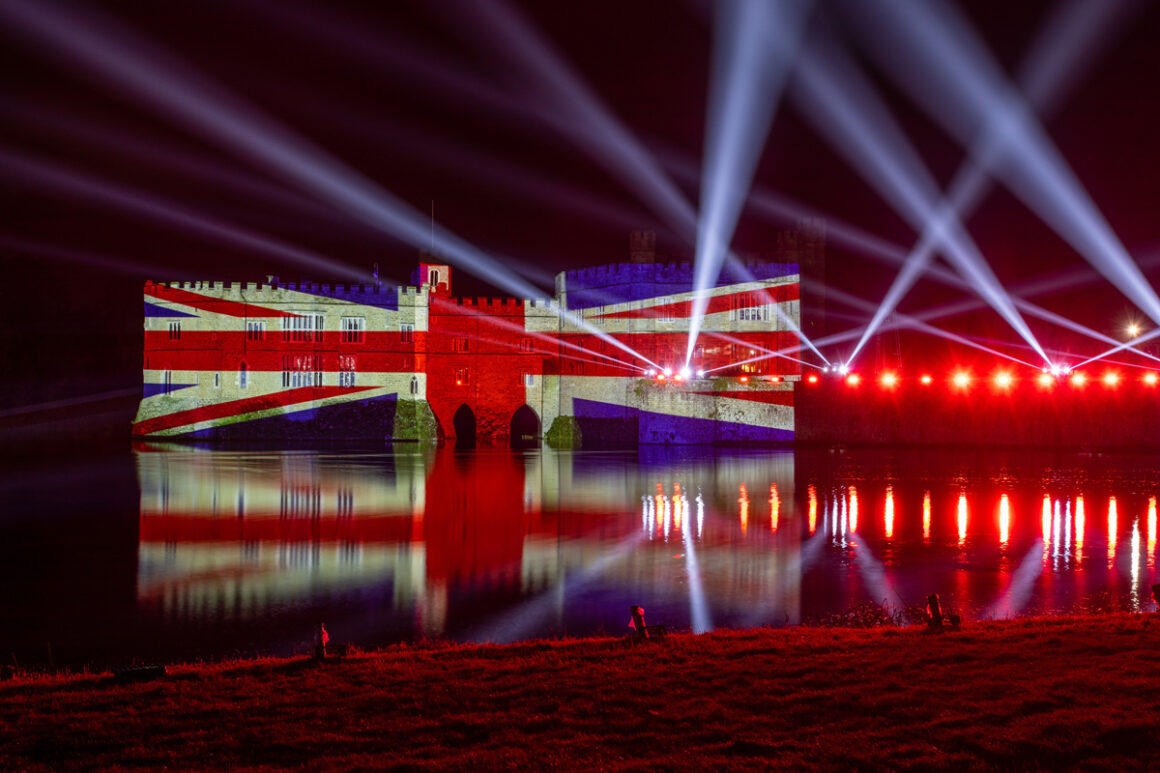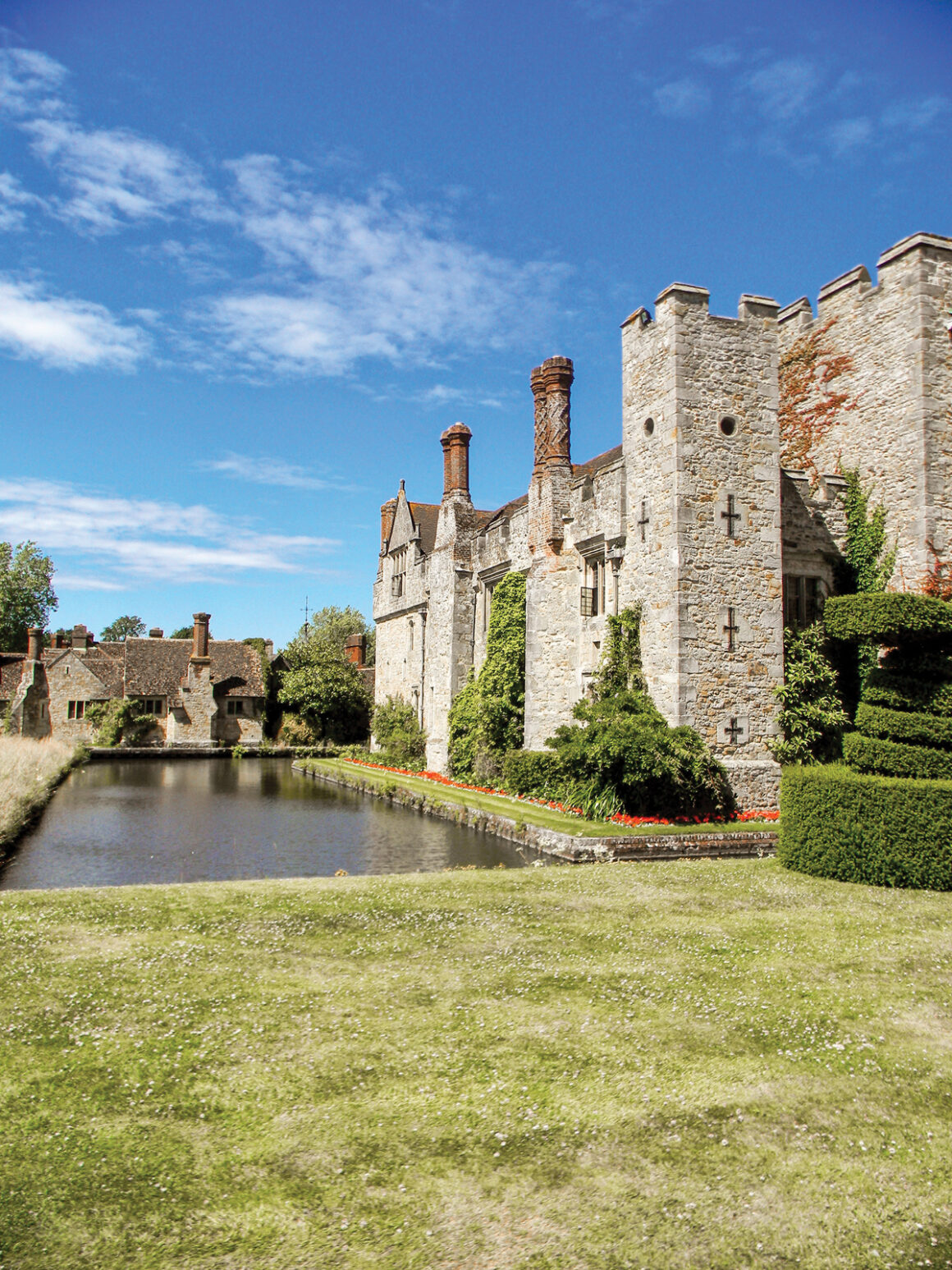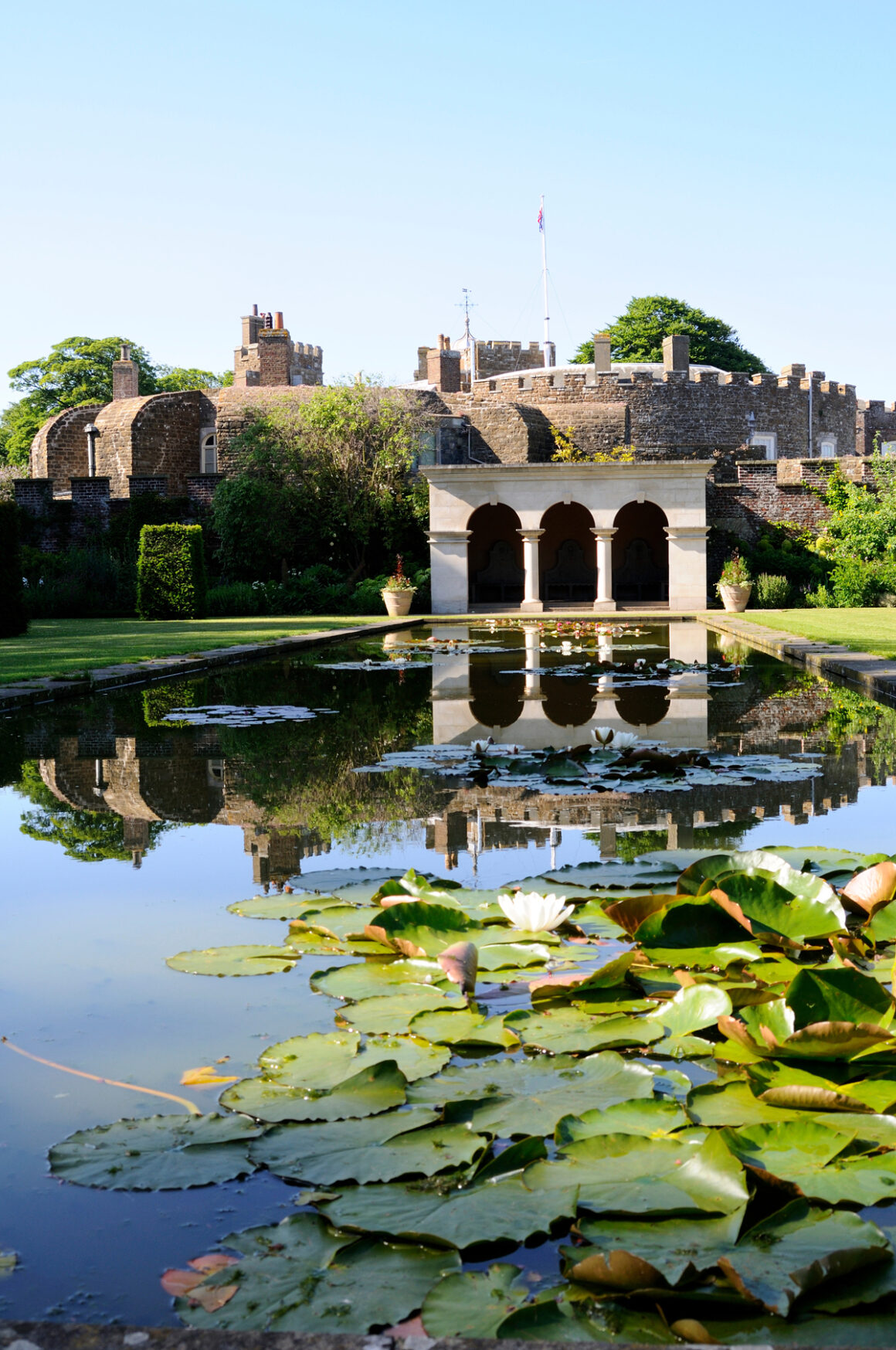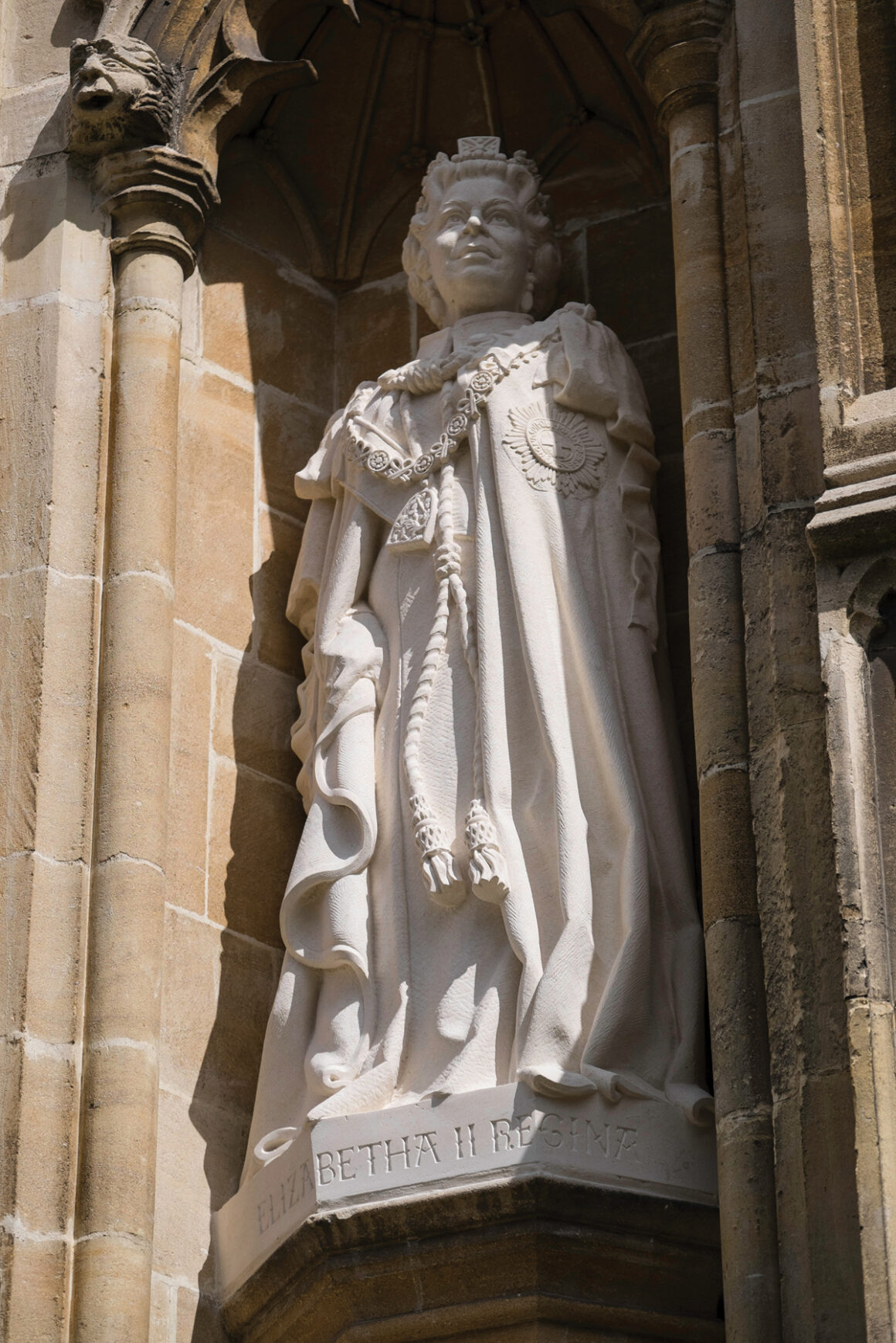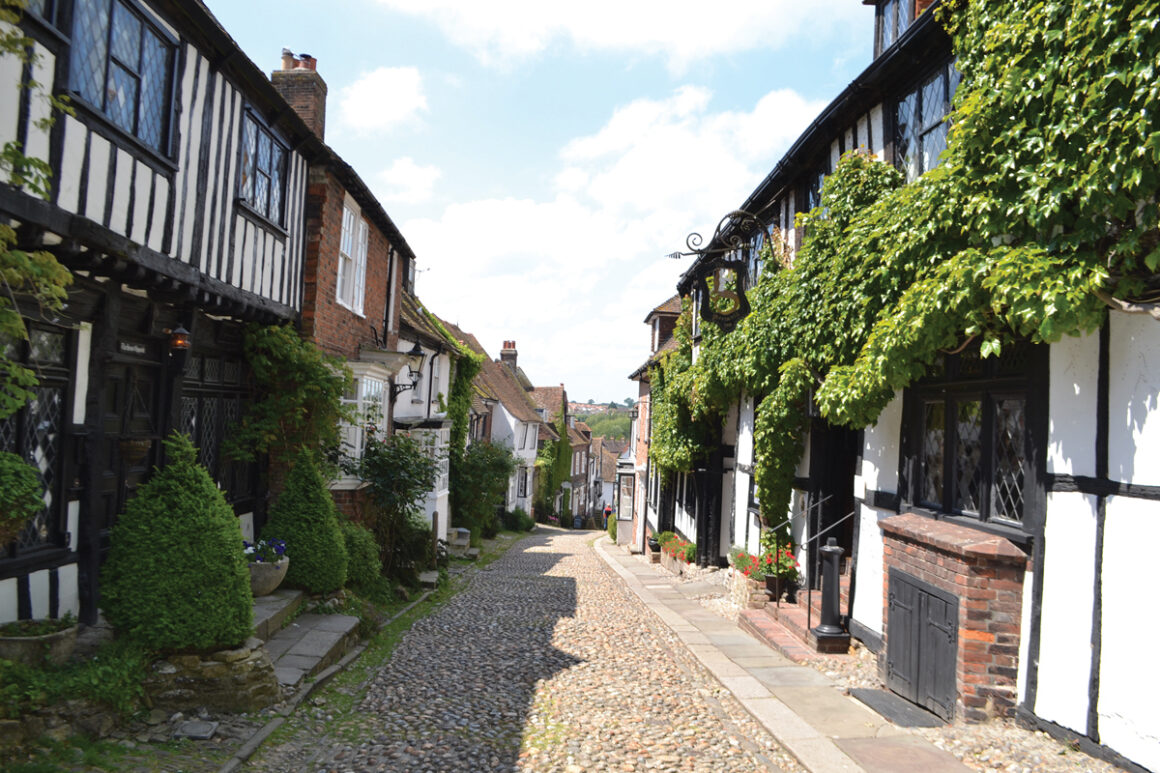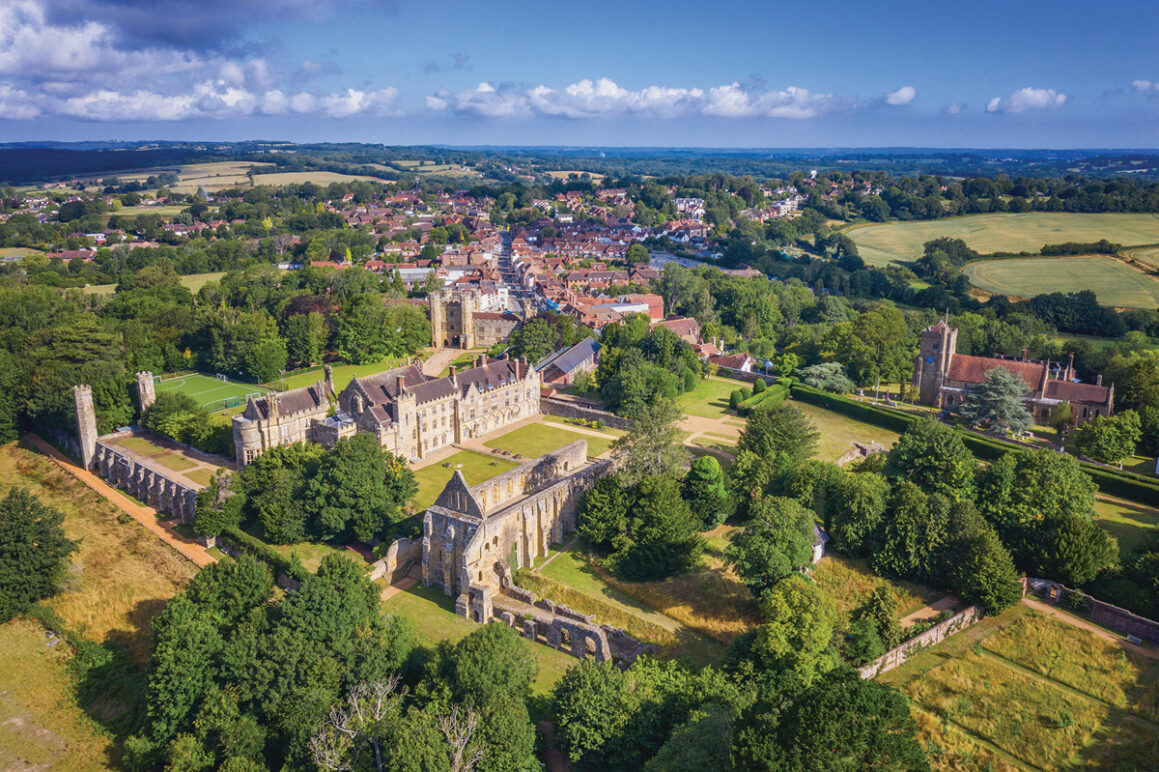JUBILEE – Royal connections in the South East
This will be the first time a British monarch has marked a Platinum Jubilee, a momentous occasion of 70 years as Sovereign. Queen Victoria was the longest reigning monarch until in September 2015, our Queen, Queen Elizabeth II overtook her. As part of the extended bank holiday from Thursday 2nd to Sunday 5th June communities will gather in celebration of this historic milestone.
Castles
The South East has played a part in some of the most significant events in British history, with a chain of coastal fortresses including Deal Castle, Walmer Castle – built by Henry VIII in 1539 – 1540 as an artillery fortress to counter the threat of invasion, and Dover Castle described as the ‘Key to England’ due to its defensive significance for over nine centuries. Within the grounds of the enchanting Walmer Castle, the Queen Mother’s Garden can be found, complete with bronze corgi, which was created in honour of her 95th birthday.
The romantic double-moated 13th century Hever Castle, located in the village of Hever near Edenbridge, Kent, was the childhood home of one of the most famous queens of Britain, Anne Boleyn. New to 2022, on display in the castle, is the exhibition Becoming Anne: Connections, Culture, Court, detailing her life and times.
Leeds Castle with the moniker ‘loveliest castle in the world’ has been a Norman stronghold, private home of six of England’s medieval queens and a palace used by Henry VIII and Catherine of Aragon known for their lavish hospitality for British and European royals alike. Visit the castle over the Jubilee weekend for a journey through the Middle Ages telling the stories of the six most famous queens to have lived there.
Canterbury Cathedral
The oldest cathedral in England, UNESCO World Heritage site Canterbury Cathedral, has long ties with the British monarchy, from King Ethelbert the first British king to convert to Christianity to the wedding of Henry III, it is also the burial place of both Edward ‘the Black Prince’ and Henry IV King of England. Within the Cathedral walls, you can see monarchs immortalised in stained glass and stone, including the statues commissioned for the Diamond Jubilee in 2015, of the Queen and the Duke of Edinburgh installed by the Cathedral’s West Door.
Cinque Ports
Originally the Cinque Ports were a confederation of five harbours, Sandwich, Romney, Dover, Hythe, Hastings, plus the two ancient towns of Rye and Winchelsea. Cinque Port towns along this stretch of the coast provided ships to the Monarch each year in return for tax and other privileges.
In 1350 King Edward III led a fleet of fifty warships which defeated the Spanish in Rye Bay in the battle of Les Espagnols sur Mer. After a three day stay in August 1573, Queen Elizabeth I gave Rye the coveted title of ‘Rye Royal’. Another royal visit, albeit unplanned, took place in 1726 when a ship carrying George I was grounded on Camber Sands while returning from the Continent, the king is reported to have spent an “enjoyable” four days in Rye, staying at Lamb House, now a National Trust property. As Lord Warder of the Cinque Ports, The Queen Mother was also often a visitor to Rye.
Marking the date of the passing of King George VI and the subsequent accession of Queen Elizabeth II, on Sunday 6th February 2022, Rye heralded the start of its Jubilee celebrations with a special proclamation from the Town Crier of Rye, Paul Goring. He issued his address from the steps of the Town Hall to a crowd of residents and visitors.
© Mermaid Inn Rye courtesy of the Mermaid
Countryside holds the history
So much of our history is also told in our countryside, from the evidence of castle remains to medieval iron forges, pillboxes and the Royal Military Canal which runs for 28 miles between Seabrook near Folkestone and Cliff End near Hastings, constructed as a defence against the possible invasion of England in 1804. Take a historic walk and follow in the footsteps of William the Conqueror along the 31 miles 1066 Country walk. Starting at the landing place of the Normans in Pevensey Bay, visit the 1066 battle site at Battle Abbey, where the last Anglo-Saxon King of England, King Harold II, was slain during the famous 1066 Battle of Hastings, medieval Winchelsea and historic Rye.
A chain of flames
Britain has a long history of beacon lighting spanning many hundreds of years, once used as a tool for communication, it has become a symbol of unity and a tradition to celebrate Royal Jubilees, Weddings and Coronations. These beacons have been lit on village greens, castle battlements, church towers, farms, beaches, front gardens and mountain tops to mark the historic events. This year, once again, the beacons will be lit, with The Palace hoping that the beacons will “provide a lasting reminder of this historic moment in the history of The Queen’s reign”. Any communities taking part will receive a certificate of thanks as a treasured memento of the unprecedented anniversary.
Beacons will be lit across the country and Commonwealth at the start of the bank holiday in June. The ceremony will take place at 9:45pm on Thursday 2nd June 2022 with many towns and villages around Kent and Sussex taking part. Let’s light up the South East and show our appreciation for our Queen in this very special year.

